Liechtenstein travel tips
Liechtenstein travel tips: A tiny Alpine principality, known for stunning landscapes, a prosperous economy, and a constitutional monarchy with picturesque Vaduz as capital.
Municipalities 🌎
Liechtenstein travel tips. Here is a list of all the municipalities of the Liechtenstein.

Balzers
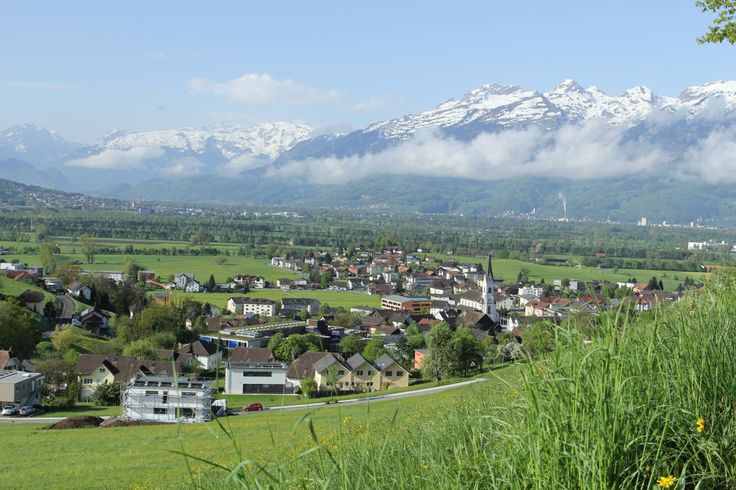
Eschen

Gamprin

Mauren

Planken
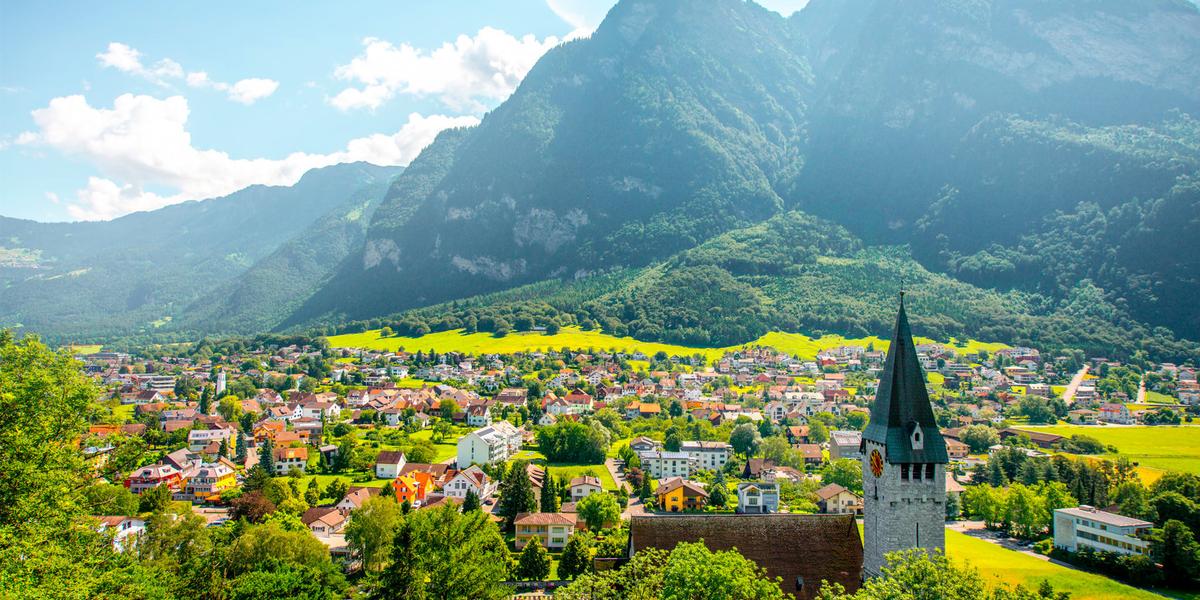
Ruggell

Schaan
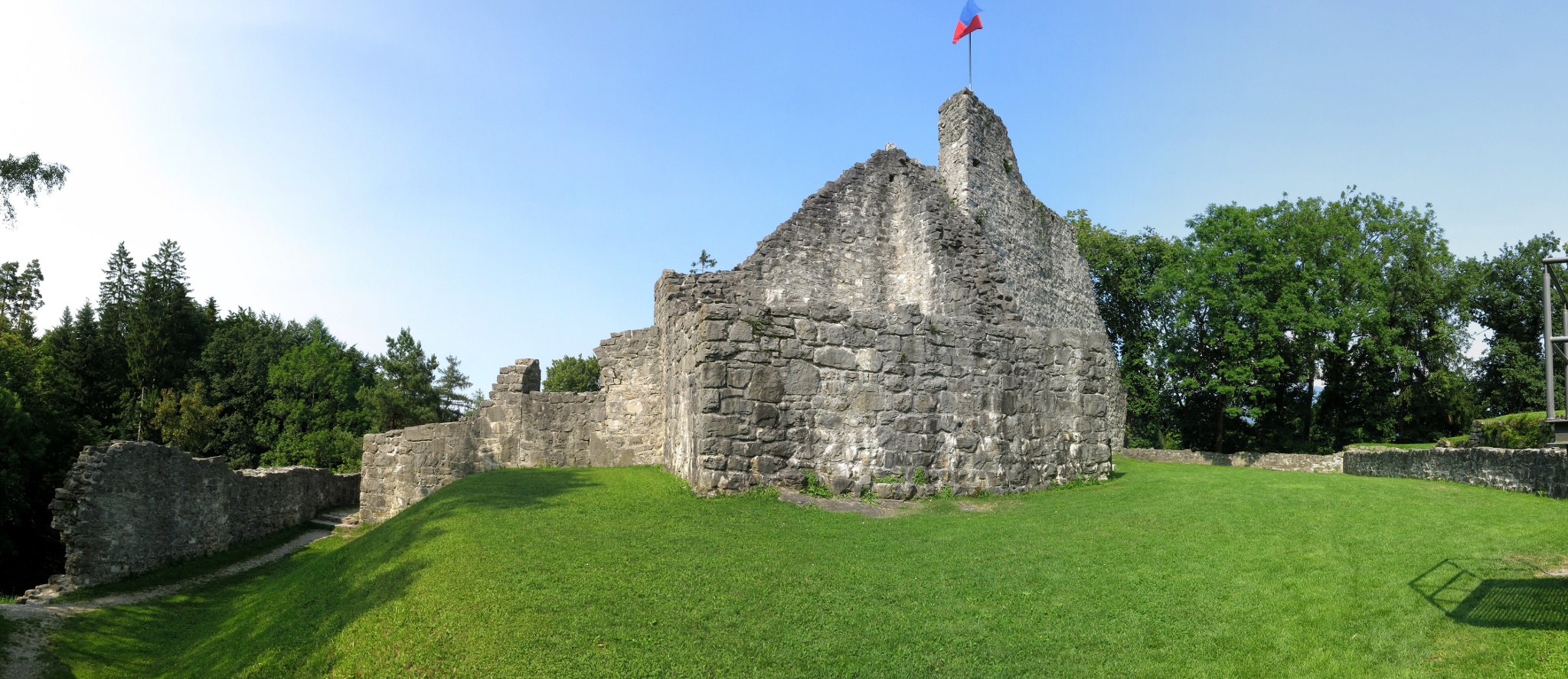
Schellenberg
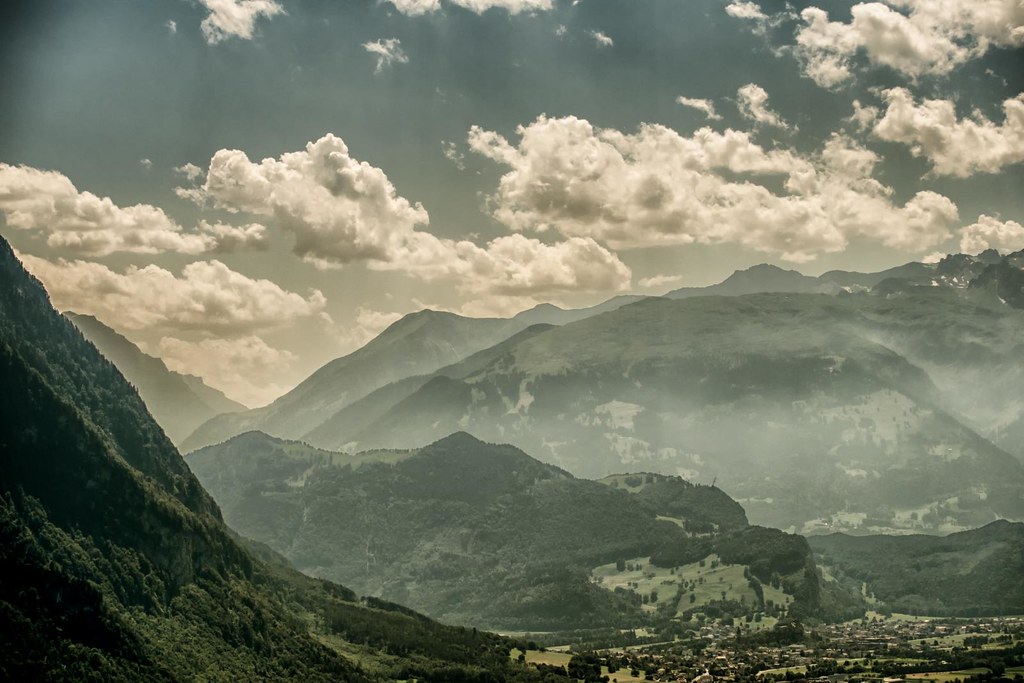
Triesen
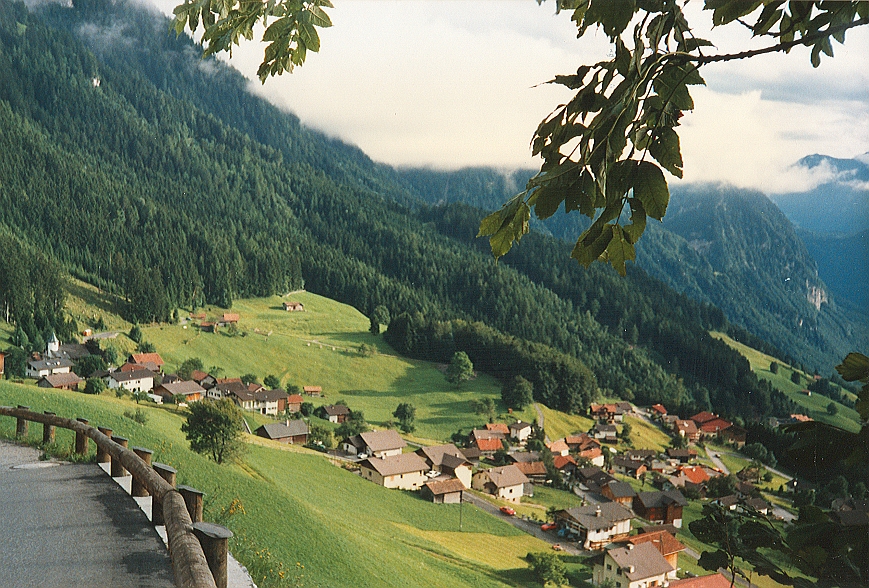
Triesenberg

Vaduz
Before you go 🛩
Important information you should know before your trip
Info
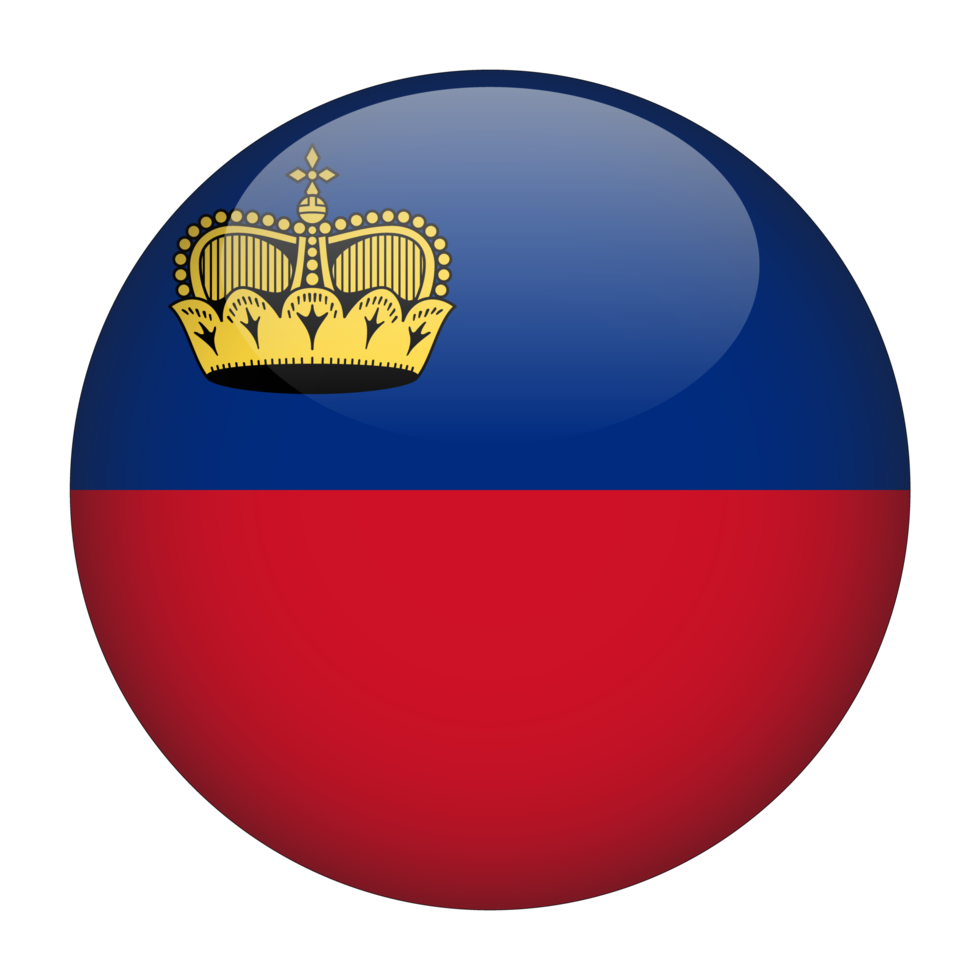
Capital | Vaduz
Flag Codes:
ISO alpha-2 LI,
ISO alpha-3 LIE
Currency
Badge | Swiss franc
CODE | CHF
NUMBER | 756
SYMBOL | Fr
FRACTION | Penny
Mobile Coverage
Dialing Code | +423
SIM Card
Coverage | 3G / 4G / 5G |
Mobile Networks |
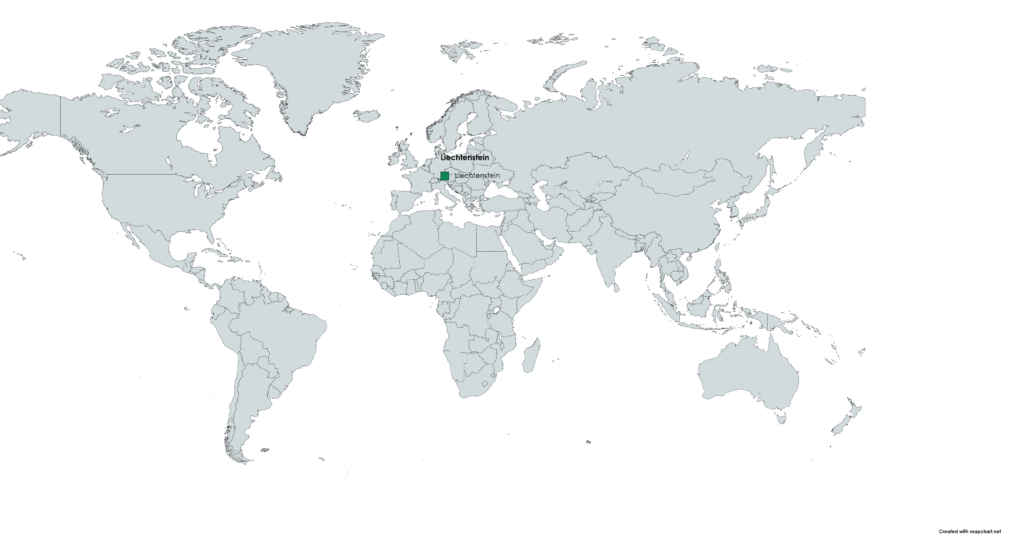
Location
Liechtenstein is a landlocked country located in central Europe, between Switzerland to the west and Austria to the east. It has an area of just 160 square kilometers (62 square miles) and is one of the smallest countries in the world. Its capital is Vaduz, and its largest town is Schaan.
Currency
The currency of Liechtenstein is the Swiss Franc (CHF).
Liechtenstein has used the Swiss franc as its official currency since 1920.
Languages
The official and most widely spoken language in Liechtenstein is German, specifically the Alemannic dialect spoken in southern Germany, Austria, and Switzerland. It is the language used in public administration, education and business. Although German is the main language in Liechtenstein, the Romansh language is also spoken in some parts of the country. However, Romansh has no official status in the country, and its use is limited to some regions of the country, notably the Walser Valley in eastern Liechtenstein. In addition, English is also widely spoken as a second language in the tourism and business sector, especially in urban and tourist areas.
Climate 🌡
Liechtenstein has a continental climate with cold, snowy winters and warm summers. The climate is influenced by its location in the heart of the Alps, which creates large temperature fluctuations throughout the year.
In the winter months (December to February), temperatures can drop to around -5°C (23°F) in the valleys and as low as -15°C (5°F) in the mountains. Snow is common during this time, especially in the higher elevations.
During the summer months (June to August), temperatures can reach up to 25°C (77°F) in the valleys and around 20°C (68°F) in the mountains. Thunderstorms are common during this time, particularly in the afternoon and evening.
Liechtenstein travel tips
If you’re planning a trip to Liechtenstein, here are some travel tips to enhance your experience:
Scenic Beauty:
Explore Liechtenstein’s picturesque landscapes, especially the Alps. Hike or drive for breathtaking views.
Vaduz:
Visit the capital, Vaduz, for its charming old town, Vaduz Castle, and vibrant cultural attractions.
Hiking Trails:
Discover numerous hiking trails. The Fürstliche Weinberg and Fürstensteig are popular options.
Art and Culture:
Explore Kunstmuseum Liechtenstein for contemporary art and the Liechtenstein National Museum for cultural insights.
Transportation:
Reliable buses connect towns. Consider purchasing a Liechtenstein Card for free public transport and museum entry. View Guide.
Nature Reserves:
Visit nature reserves like the Ruggeller Riet for bird watching and serene surroundings.
Safety:
Liechtenstein is generally safe. Emergency services can be reached by dialing 112.
Enjoy your time in Liechtenstein!

The best of the best
Liechtenstein’s cuisine is heavily influenced by its neighboring countries, Switzerland and Austria.

Käsknöpfle
A type of small dumplings made with flour, eggs, and cheese, typically served with caramelized onions and apple sauce.

Ribel
A cornmeal dish that is similar to polenta, often served with meat and gravy.
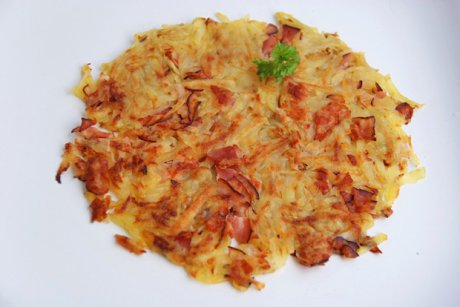
Rösti
A Swiss potato dish that is popular in Liechtenstein, made from grated potatoes that are fried until crispy and served with various toppings.
Some typical dishes of Liechtenstein include:
Kaiserschmarrn: a sweet pancake made with flour, eggs, and sugar, and often served with fruit compote or jam.
Schupfnudeln: a type of German/Austrian noodle made with flour and potatoes, often served with sauerkraut or cabbage.
Sennerei Cheese: Liechtenstein has several cheese factories (sennereis) that produce a variety of cheeses, including Appenzeller, Emmentaler, and Tilsiter.
Wurst: Liechtenstein is also known for its sausages, which are made with pork, beef, and various spices.
Wine: Liechtenstein produces a small amount of wine, mostly white, from vineyards located along the Rhine River.
Overall, Liechtenstein’s cuisine is hearty and flavorful, with a focus on local, seasonal ingredients.
Transportation 🚥
More information about this country
Choose your destination 📍🗺
Useful Links ✅



